“It’s like a real-world treasure hunt with the loot being rich biodiversity,” said Nick Sadrpour, Science Integration Team Program Coordinator with California Sea Grant.
This team of researchers, led by UC Santa Barbara research biologist Jenny Dugan, including investigators in central and northern California with their graduate students and volunteers, have been conducting long-term monitering surveys of birds, stranded kelp, and fish in surf zones across California to collect biological, human use, and environmental data to assess the responses of beach and surf zone ecosystems to Marine Protected Areas (MPA).
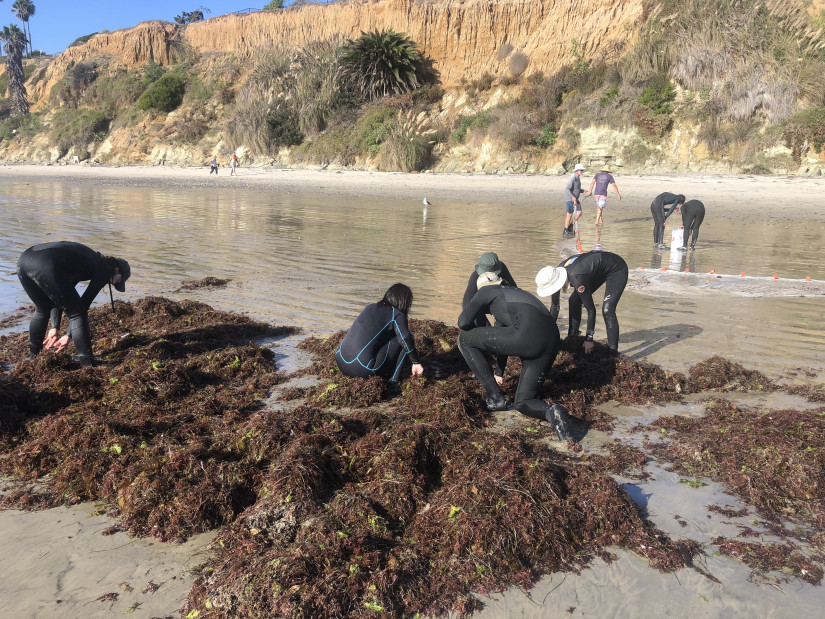
The UCSB team recently embarked on another survey at San Elijo State Beach, part of the Swami’s SMCA MPA, coinciding with a gorgeous warm fall day, according to Nick. They dragged a large beach seine through the shallow water to shore and made sure to catalog all fish, invertebrates, and seaweed before carefully introducing them back into the water.
“The amazing quantity of different species that come up in a seine is just so cool. From the stingrays, as a surfer I try to avoid, to juvenile leopard sharks, you always see something neat,” said Nick.
They also measured characteristics of the beach and waves, including stranded seaweed, people, birds, and more to contribute to a more comprehensive understanding of the current status of the study beach. The data collected from this survey, along with that from the 27 other sites across California’s coastline, will be organized and analyzed as part of the effort to establish a state-wide time series of MPA knowledge.
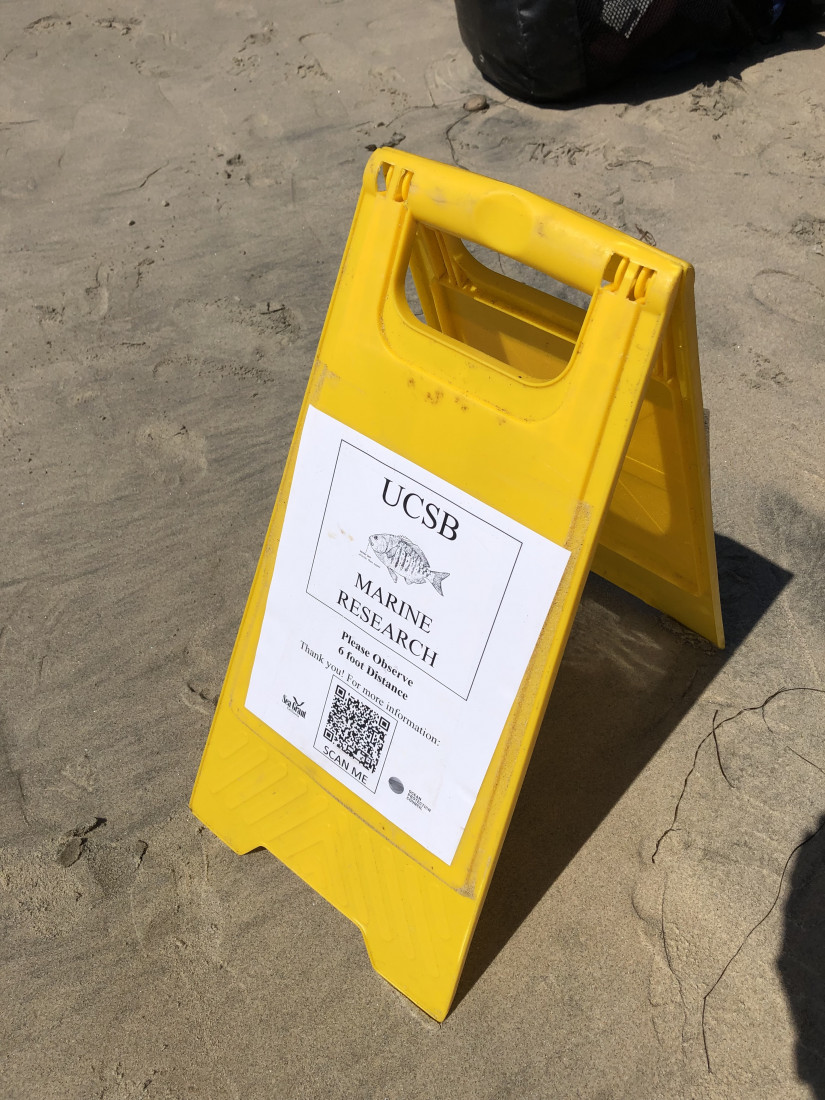

So, why sandy beach and surf zone surveys, specifically?
“I think these surveys demonstrate the diversity and abundance of life in the nearshore we often can’t immediately perceive,” said Nick.

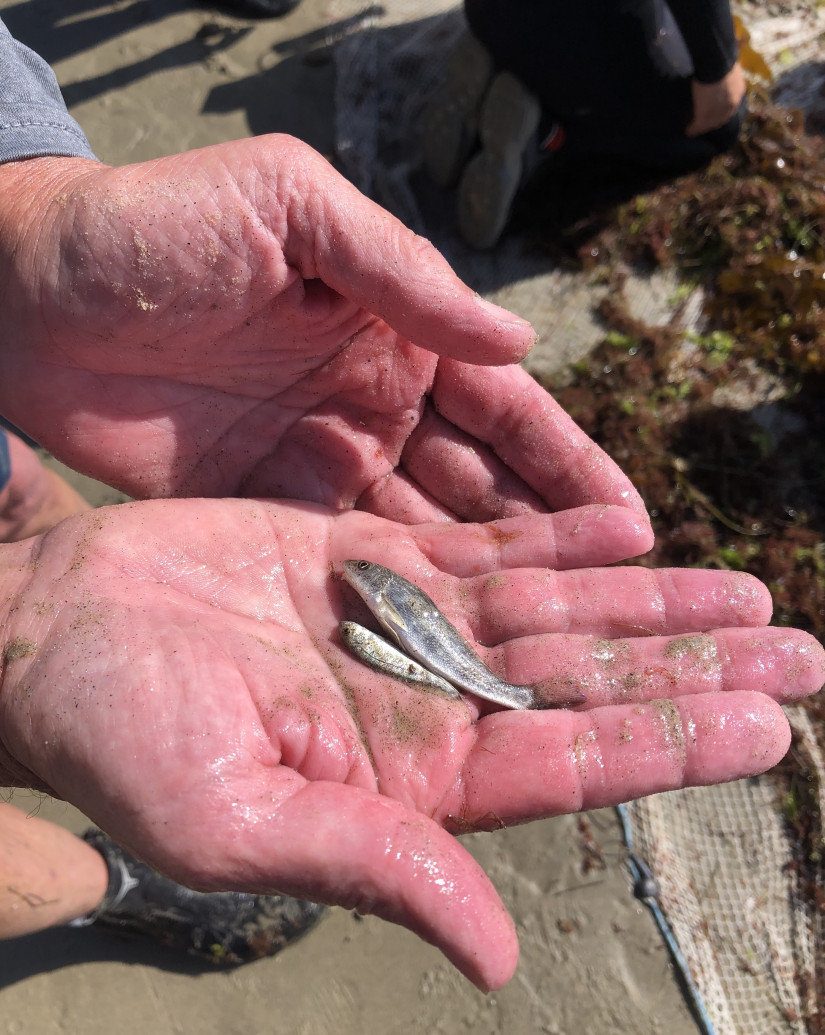
Sandy beaches and surf zones are integral to California’s coastline, hosting a large swath of biodiversity and rich, productive food webs. These regions are also frequented by millions of visitors, locals and tourists, annually, so their importance and value cannot be overstated.
“We have some of the richest beaches in the world; we also have some of the most impacted beaches in the world,” said Jenny Dugan. “Surf zones have been understudied here and elsewhere and our findings will provide the first coordinated statewide information on the inhabitants of this turbulent coastal habitat."
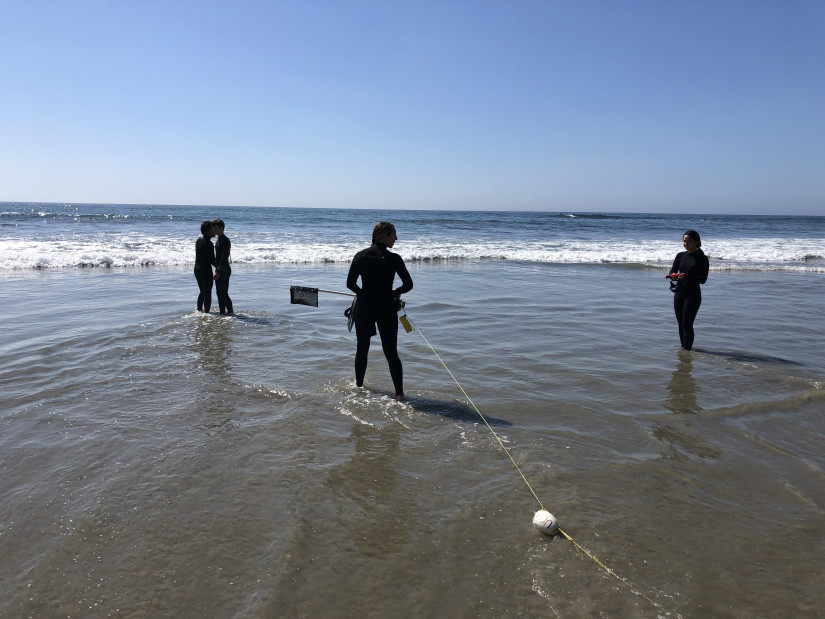
Surveys that analyze the direct and indirect effects of MPAs on beaches and surf zones are essential in determining the current status of these coastal ecosystems, how they have changed over time with MPA implementation, and the best path forward in protecting these coastal resources for generations to come.
Funded by the California Ocean Protection Council in partnership with California Department of Fish and Wildlife and California Sea Grant, this large-scale MPA monitoring project will contribute to an evaluation of how the State’s MPA network is working as a refuge for numerous species and a mechanism to enhance and conserve the abundance and diversity of ocean ecosystems. It will also add to the understanding of the impacts of climate change on this vulnerable ecosystem and inform how natural resource managers and researchers may want to approach future research directions and actions.

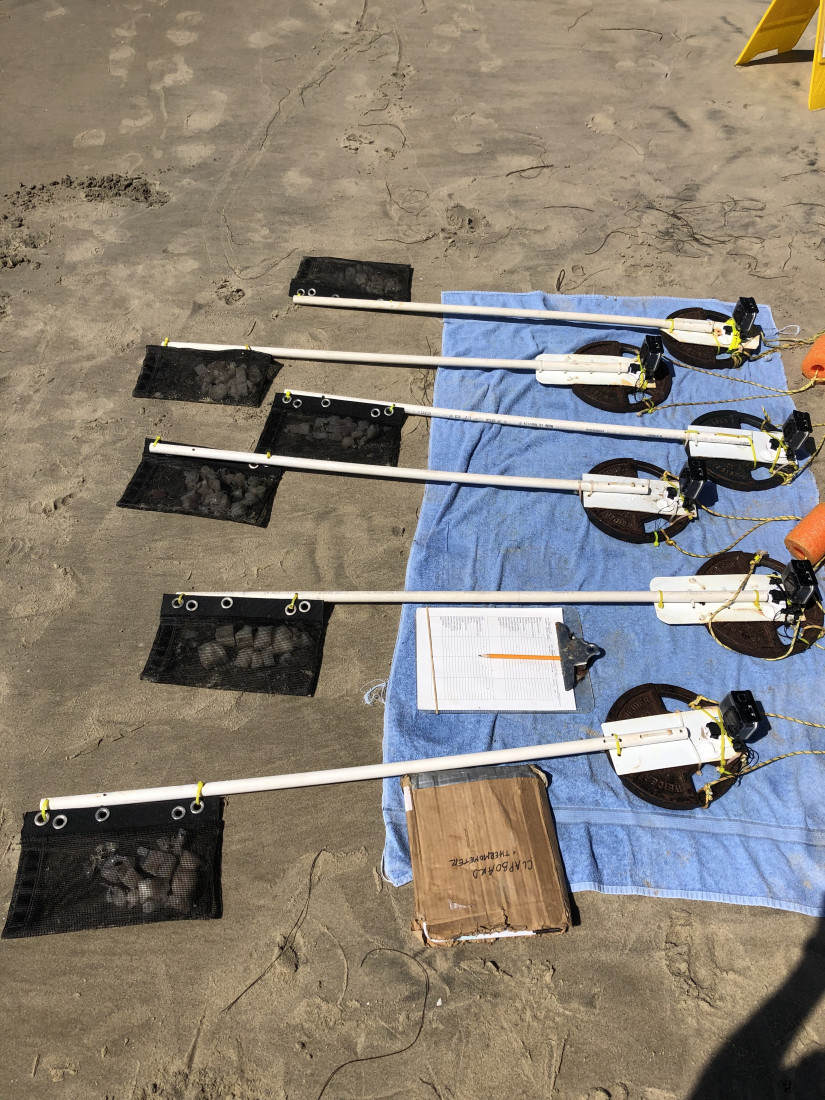
“This is one small portion of the comprehensive MPA Decadal Management Review that is critical for us to understand how we structure coastal and marine conservation and management policy,” said Nick.
This update was developed by Sarah Farnsworth, 2021 California Sea Grant State Fellow at the Delta Stewardship Council.
About California Sea Grant
NOAA’s California Sea Grant College Program funds marine research, education and outreach throughout California. Headquartered at Scripps Institution of Oceanography at the University of California San Diego, California Sea Grant is one of 34 Sea Grant programs in the National Oceanic and Atmospheric Administration (NOAA), U.S. Department of Commerce.